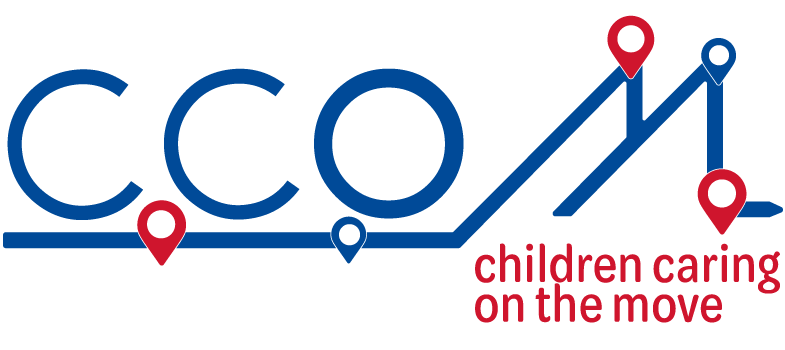1.1: The Children Caring on the Move project
The Children Caring on the Move project set out to examine Unaccompanied Asylum-Seeking Children’s (UASC) experiences of care, and caring for others, as they navigated asylum and welfare systems in England. We started with the premise that care is not necessarily limited to what adults (or the state) provide for young people. Our work has shown that young people provide a lot of care for each other, but we wanted to understand what that care looks like. We also wanted to explore what professionals and practitioners who work with UASC and other separated child migrants thought about young people’s care of each other.
Rising numbers of child migrants
The project sits against a backdrop of rising numbers of children who have been separated from primary caregivers during migration. According to Unicef’s International Data Alliance for Children on the Move, 2020 saw a record number of international child migrants at an estimated 35.5 million. The Covid-19 pandemic, war and unrest countries like Afghanistan and Ukraine, and reoccurring natural disasters, all suggest that this picture is unlikely to change and may get worse.
In the next activity, you will explore some of the key pieces of data.
 Activity 1.2: The data picture on unaccompanied, refugee and asylum-seeking children
Activity 1.2: The data picture on unaccompanied, refugee and asylum-seeking children
Take a look at some key data about child migrants. Have a guess at what you think are the right answers.
a.
3.5 million
b.
11.5 million
c.
18.5 million
d.
26.5 million
The correct answer is b.
a.
1458
b.
2820
c.
3762
d.
5105
The correct answer is c.
a.
Greece
b.
Spain
c.
Italy
d.
Malta
e.
Bulgaria
f.
Cyprus
The correct answer is d.
d.
Malta (93%)
Greece (12%)
Spain (38%)
Italy (84%)
Bulgaria (48%)
Cyprus (30%)
a.
Afghanistan
b.
Syrian
c.
Iraq
d.
Venezuela
e.
Colombia
f.
Eritrea
The correct answer is b.
b.
Syrian (22%)
Afghanistan (13%)
Iraq (6%)
Venezuela (4%)
Colombia (4%)
Eritrea (4%)
a.
Sudan
b.
Syria
c.
Afghanistan
d.
Eritrea
e.
Albania
The correct answer is c.
c.
Afghanistan (25%)
Sudan (16%)
Iran (14%)
Eritrea (12%)
Albania (9%)
Syria (5%)
Data sources:
- International Data Alliance for Children on the Move (IDAC), Unicef [Tip: hold Ctrl and click a link to open it in a new tab. (Hide tip)]
- UK Home Office National Statistics
- Latest statistics and graphics on refugee and migrant children, Unicef
- Refugee facts, Separated Child
- Quarterly asylum statistics, August 2022, Refugee Council
The research
The immigration conditions within countries like the UK are noted to be difficult for both young people and the professionals working with them (Crafter et al., 2021). On the one hand, the duty to care is a central tenet of any practice when working with vulnerable children such as UASC and other separated child migrants. On the other hand, stringent immigration practices, policies, bureaucracy and structural challenges undoubtedly present personal tensions and professional constraints for those whose role is meant to foreground ‘care’. Therefore, we wanted to explore how UASC, or those involved in their care, make sense of and value care relationships and caring practices.
One key assertation in the academic literature is that there is an inherent contradiction around ‘care’ and ‘immigration’. On the one hand, young people must be protected because of their ‘child status’ and, in theory, have the same rights and entitlements as any other children in care. On the other hand, their ‘immigration status’ means they are afforded time-limited welfare and care support under Schedule 3 of the Nationality, Asylum and Immigration Act of 2022 (Chase and Allsopp, 2013). From a practice point of view, these divergent pathways to adulthood arguably present a different set of challenges for working with UASC compared to ‘citizen’ children.
 Pause for reflection: the unique challenges of working with UASC
Pause for reflection: the unique challenges of working with UASC
What challenges do you think are unique in working with UASC compared to ‘citizen’ looked-after children? What are the similarities?
Make some notes in the box below:
1: Introduction

